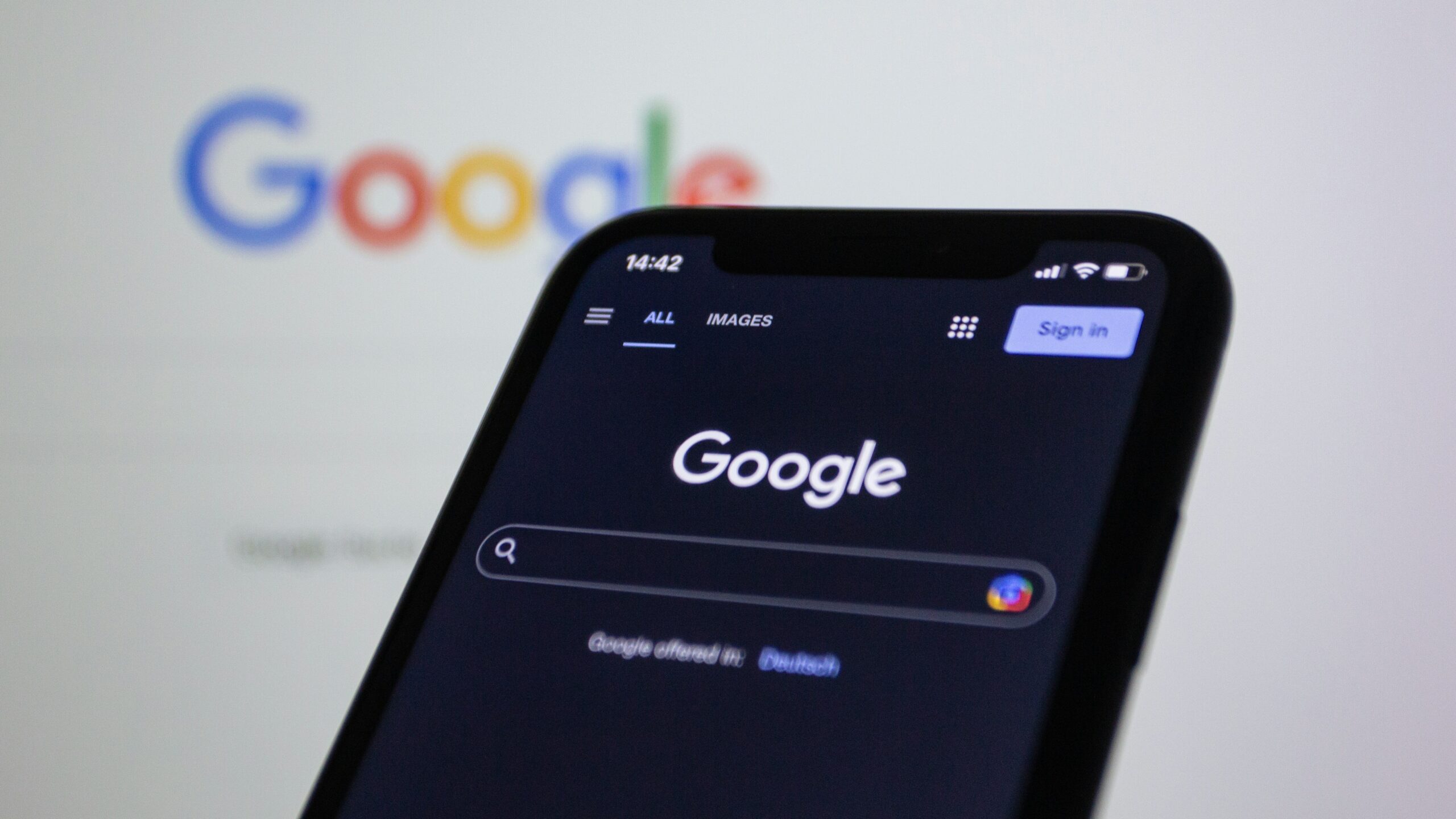The Zero-Click phenomenon is back—and this time, it’s powered by AI.
Marketers have been talking about zero-click search for years. Originally, it referred to the growing number of Google searches that ended without the user clicking on a link. Instead, people found what they needed directly on the search engine results page, thanks to features like featured snippets, local packs, and knowledge panels.
Now, a new report from Bain & Company, “Goodbye, Clicks. Hello, AI: Zero-Click Search Redefines Marketing”, argues that AI is accelerating this trend, and changing it in fundamental ways. Where zero-click search once meant getting a quick fact or weather update, it now means entire answers, advice, and product recommendations are being delivered inside AI-generated search results. No click required.
This evolution could have major implications for how brands reach customers, drive discovery, and compete for attention in search.
Why Zero-Click Search Matters More Now
Zero-click search has long been part of the search landscape. In fact, back in 2019, studies showed that more than 50% of Google searches already ended without a click. Google’s own features—like featured snippets and knowledge panels—have been training users to expect instant answers.
But AI takes this behavior to the next level. Rather than pointing users toward links, AI-powered search tools like Google’s Search Generative Experience (SGE) or platforms like Perplexity and synthesize answers from multiple sources and present them as complete, conversational responses.
If a user asks an AI-powered engine “What’s the best vitamin for stress relief?” the engine may respond with a short summary and a product recommendation—no scrolling, no clicking, no browsing. The result: fewer opportunities for traditional paid search and SEO to drive traffic.
This represents a possible reshaping of the entire customer journey.
What Advertisers Should Do Next
The rise of AI-powered zero-click search doesn’t mean the end of search marketing. But it does mean advertisers need to shift how they think about visibility, relevance, and performance. Here’s where to focus:
Invest in Brand Building
In a zero-click world, brand recognition becomes a deciding factor. Bain points out that AI engines often surface recommendations based on widely available data—which means brands with strong visibility and trust signals are more likely to be included in AI responses.
That makes brand marketing more important than ever. Advertisers should invest in multichannel efforts, from influencer campaigns and YouTube ads to sponsorships and PR, that build long-term brand equity. When consumers recognize your name, they’re more likely to trust AI’s inclusion of your products in its responses.
Make Your Content AI-Friendly
Think beyond human readers. Think about how AI will interpret your content.
AI models rely on structured, high-quality information to inform their answers. That means brands need to prioritize clear, well-organized content that answers real user questions. Use FAQ formats, product guides, and structured data to increase the chances of being referenced in AI outputs.
Publish content that’s accurate, up-to-date, and authoritative. The better the content, the better chance it has of becoming part of the AI’s knowledge base.
Shift Spend Toward Higher-Funnel Awareness
If fewer users are clicking through to brand websites, then conversion-focused lower-funnel search ads may become less effective. Instead, consider reallocating some budget to top-of-funnel campaigns that focus on awareness and preference.
Channels like connected TV, TikTok, YouTube, and display can be powerful tools for shaping perception and creating emotional engagement. These upper-funnel efforts prime customers before they ever search, making it more likely they’ll choose your brand when the AI offers up an answer.
Test New Ad Formats Within AI Search
We’re in the early stages of AI-native advertising formats. Google has already begun integrating sponsored content into SGE, and other AI search platforms are expected to follow suit. These new formats may not look like traditional ads, but they’ll offer opportunities to appear within AI-generated results.
Advertisers should stay informed and experiment with these options as they roll out. Early adoption could help brands learn what works and build a presence ahead of the competition.
Monitor AI Platforms and Brand Mentions
AI search platforms vary in how they source, summarize, and present information. Brands should routinely audit their presence within these experiences. Are your products showing up in relevant answers? Is your information being cited correctly?
Make a habit of testing prompts your customers might use and reviewing how your brand is represented. If you’re absent, or misrepresented, it’s time to revisit your content and SEO strategies.
Looking Ahead
The rise of AI in search is forcing a redefinition of what it means to be “findable” online. The old playbook—optimize, bid, get the click—no longer guarantees visibility. Instead, brands need to build a presence that shows up wherever and however users engage with AI.
That includes prioritizing brand equity, publishing content that’s built for machine understanding, and staying alert to the new ad opportunities emerging inside generative platforms.
At True Interactive, we help brands navigate change with smart strategy and creative execution. Zero-click search is not the end of advertising. It’s the beginning of a new way to connect. The brands that act now will be the ones AI learns to recommend next.
Learn more about our paid media and analytics capabilities.
